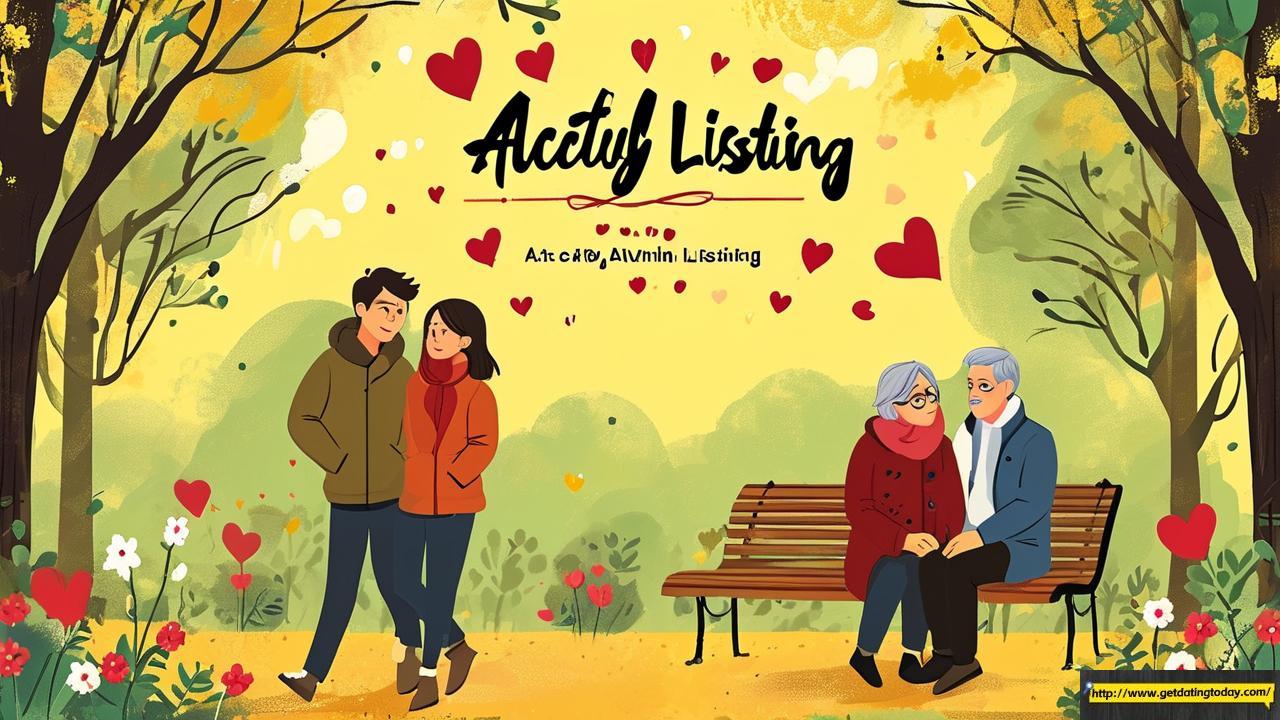delicate yet resilient, demanding consistent care to bloom. While chemistry sparks initial attraction, sustaining depth in a relationship requires intentional practices. Let’s explore actionable strategies to nurture that bond, whether you’re navigating fresh romance, a decades-long marriage, or healing post-breakup.
 The Power of Active Listening (No, Really)
The Power of Active Listening (No, Really)
A Stanford study found couples who practice attuned listening report 43% higher relationship satisfaction. This isn’t about nodding while mentally drafting grocery lists. Try the “3-Second Rule”: After your partner speaks, pause for three full seconds before responding. This tiny gap dissolves reactive replies and invites empathy. For example, when they vent about work stress, instead of problem-solving, reflect: “It sounds overwhelming—like you’re carrying three deadlines at once.” Watch shoulders relax as they feel truly seen. Needed**
Brene Brown’s research reveals vulnerability acts as “emotional superglue.” Start small: Swap surface-level updates for riskier truths. Instead of “My day was fine,” try: “I felt insecure when my presentation got ignored today.” One couple I interviewed revived their marriage by conversations about fears and desires, free from judgment. The result? Trust levels skyrocketed.
 Rituals > Routines: Building Connection Anchors
Rituals > Routines: Building Connection Anchors
Psychologists at The Gottman Institute found couples with daily micro-rituals are 31% less likely to drift apart. Think:

- A 6-second kiss before work (long enough to sync heartbeats)
- “Highs & Lows” over dinner (share one peak and one valley from the day)
- Monthly “Curiosity Dates” where you take turns planning surprises These become your relationship’s fingerprint, distinct from any other pair.
 Conflict as a Fertilizer (Yes, Really)
Conflict as a Fertilizer (Yes, Really)
Fights aren’t relationship cancers—they’re diagnostics. The key? Shift from “You’re wrong” to “Help me understand.” A 2023 UC Berkeley study showed couples using “I-feel” statements during arguments (“I feel dismissed when plans change last-minute”) resolved conflicts 65% faster. Picture disagreements as tangled necklaces: With patience, you’ll find the clasp.
Stagnancy kills connection. Neuroscientists confirm learning novel skills together—like salsa dancing or a pottery class—floods brains with dopamine, mimicking early-dating euphoria. One couple rebuilt intimacy by starting a two-person book club, discussing chapters over homemade tiramisu. As author Esther Perel notes: “Fire needs air. So does love.”
The Touch Paradox: Beyond Sex
While sex matters, non-sexual touch is the unsung hero. A 12-week experiment had couples sync breathing while holding hands for 10 minutes daily. MRI scans showed increased activity in bonding-related regions. Try the “90-Second Hug”: Embrace until you feel your partner’s heartbeat slow against yours. It’s like hitting an emotional reset button.
When Bonds Break: Post-Breakup Growth
Even severed connections teach. Those who journal about ”What this relationship revealed about my needs” recover 40% faster, per Journal of Positive Psychology. One woman transformed her divorce into data, tracking patterns from past relationships. She noticed a cycle: prioritizing humor over depth. Her next partner? A quiet mathematician who communicates through handwritten notes.
Depth isn’t about grand gestures—it’s the accumulation of micro-moments where you choose presence over distraction. Like tending a campfire, you feed it steadily: a log of vulnerability here, a stick of curiosity there. Some days it roars; others, it smolders. But with care, it outlasts every passing storm.
